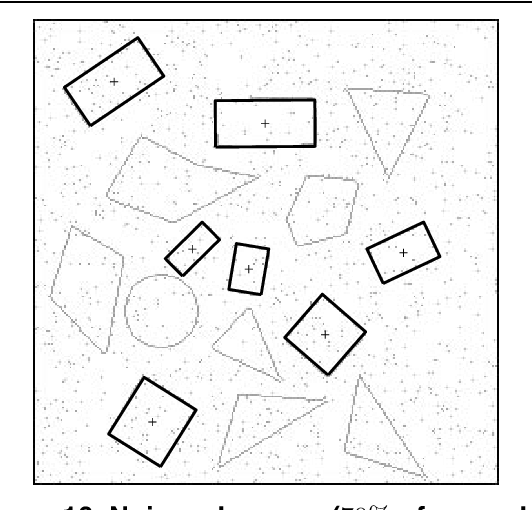


Heres a bash script that runs scuff-neq for both the coarsely-meshed and finely-meshed two-sphere geometry to compute the fluxes of power transfer and nonequilibrium force between the spheres. The number of iterations for each mesh type to reach a steady state value for the pressure drop are shown below.Īssuming our goal is to reach the steady state pressure drop for each simulation, then the runtimes (scaled against the slowest simulation) are shown below. Spectral density of power transfer and non-equilibrium force. While there are minor differences in the converged pressure drop the simulations are in broad agreement on the overall value. The pressure drop for each mesh type is shown below. Pressure Residual Convergence Accuracy (Pressure Drop) The number of iterations for each mesh type to reach the same level of convergence (1x10 -4) for the pressure residual are shown below. The solution on the polyhedral mesh produced the lowest absolute residual value. The pressure residual for each mesh type is shown below.
GMSH TRANSFORM SOFTWARE
The polyhedral mesh is derived directly from the tetrahedral mesh by forming polygons around each node in the tetrahedral mesh. Gmsh can be downloaded from You can use Gmsh meshes in QuickerSim CFD Toolbox for MATLAB - free software version can be downloaded from our website.

Slices through the meshes revealing volume elements are shown below. The duct geometry was decomposed into 6-faced blocks so it could support a hexahedral mesh as well as the more general tetrahedral and polyhedral meshes. This study focuses on a 3D backward facing step within a duct. Polygon Surface Mesh: Backward facing step in a duct If you use Gmsh, we would appreciate that you mention it in your work by citing the follow-ing paper: C. This study compares the volume element count, convergence, accuracy, and runtimes of the three different types of meshes for a simple duct. be downloaded from Gmsh is also directly available in pre-packaged form in various Linux and BSD distributions (Debian, Ubuntu, FreeBSD. Are you wondering how a polyhedral (dual) mesh compares to the equivalent tetrahedral and hexahedral meshes? Then you're in the right place.


 0 kommentar(er)
0 kommentar(er)
